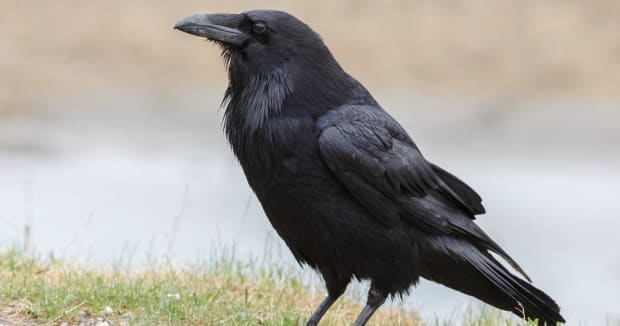Sometimes, it seems like science deliberately enjoys springing stuff on you. I was reading through a book by a biology professor, describing the insects in the woods around his home, when the book casually mentioned that they knew certain things about the development of moths because they’d performed brain transplants on them. This seemed to me to be a spectacular instance of burying the lede. Insect development is very nice, but brain transplants are far more electrifying.
The entire process seems to have started in 1923, when a biologist named Walter Finkler reported that he had managed to successfully transplant the heads of insects. He’d been working with water boatmen, meal worms, and common butterflies – both in adult and grub form. The transplantation process was not complex. He’d grab two insects, cut off their heads with sharp scissors, and switch them. The fluid that the insects themselves leaked cemented the new heads in place. After a little time — a 1923 article says a few weeks — the insects were healed up and doing whatever their new heads told them to do. Finkler claimed that the heads of female insects on male bodies continued female behavior, and the head of one species of butterfly kept the habits of its own species, even when its body belonged to a different species — via redwolf.newsvine.com















 RSS – Posts
RSS – Posts